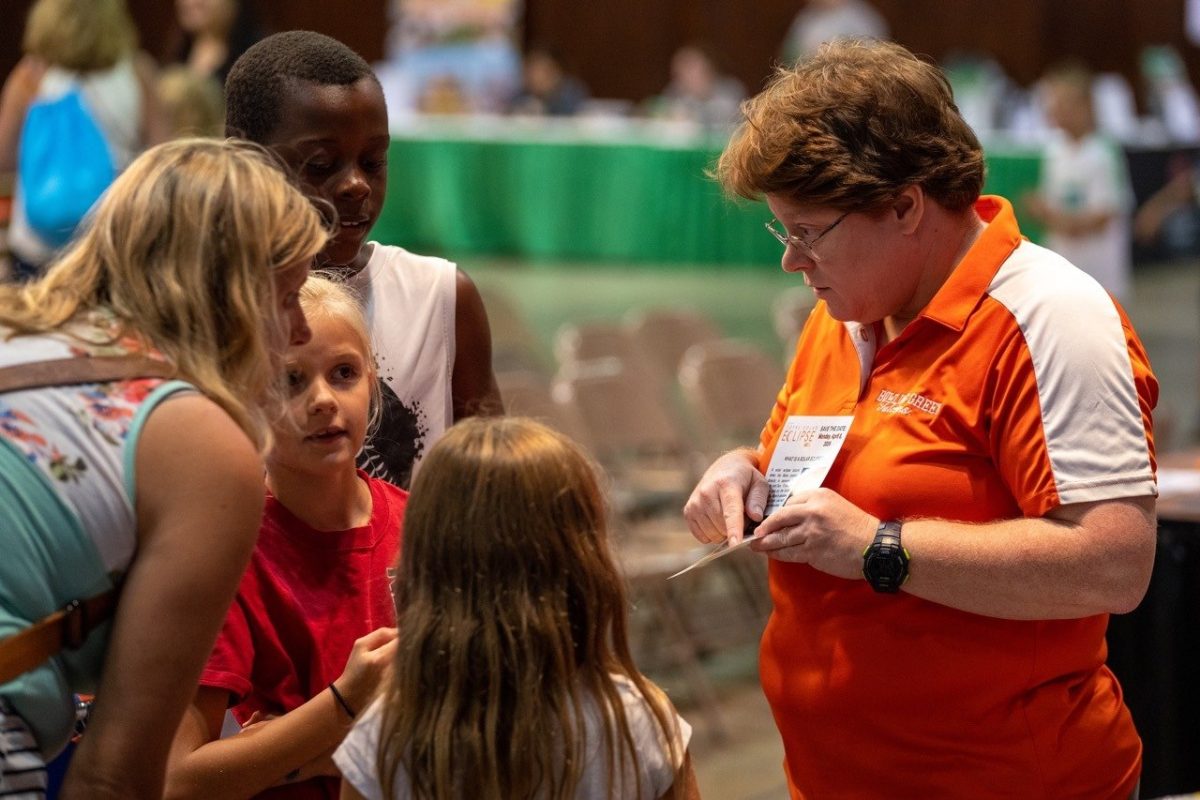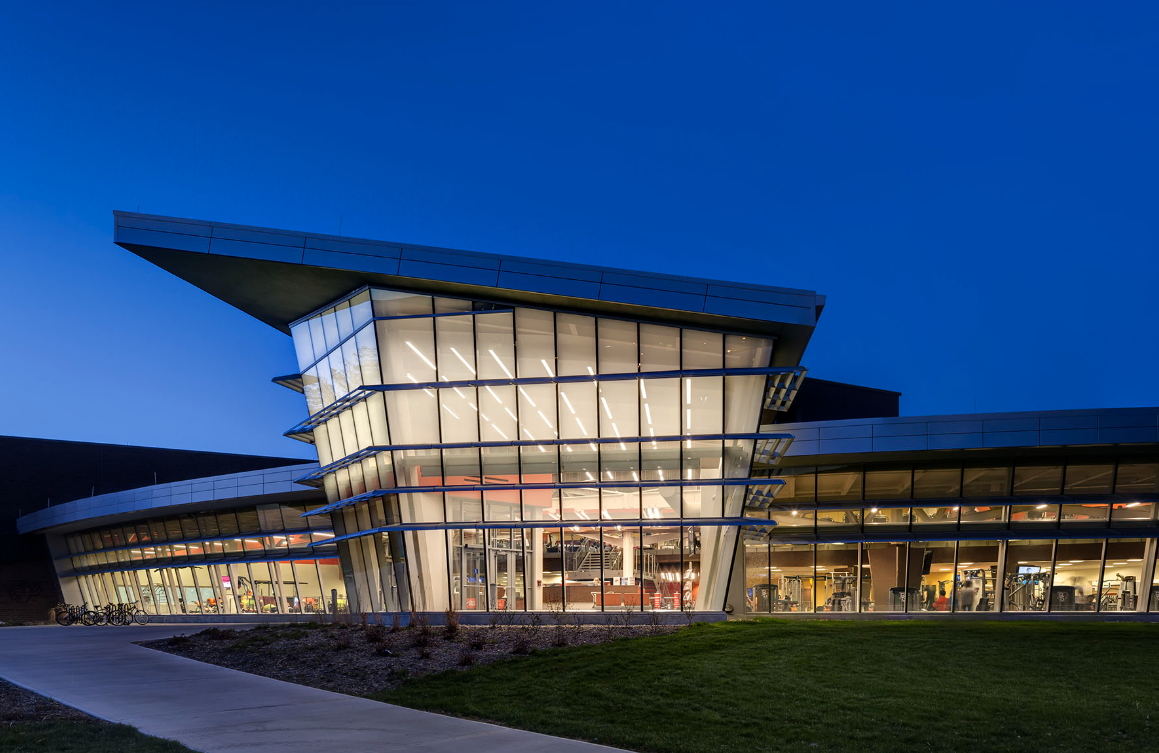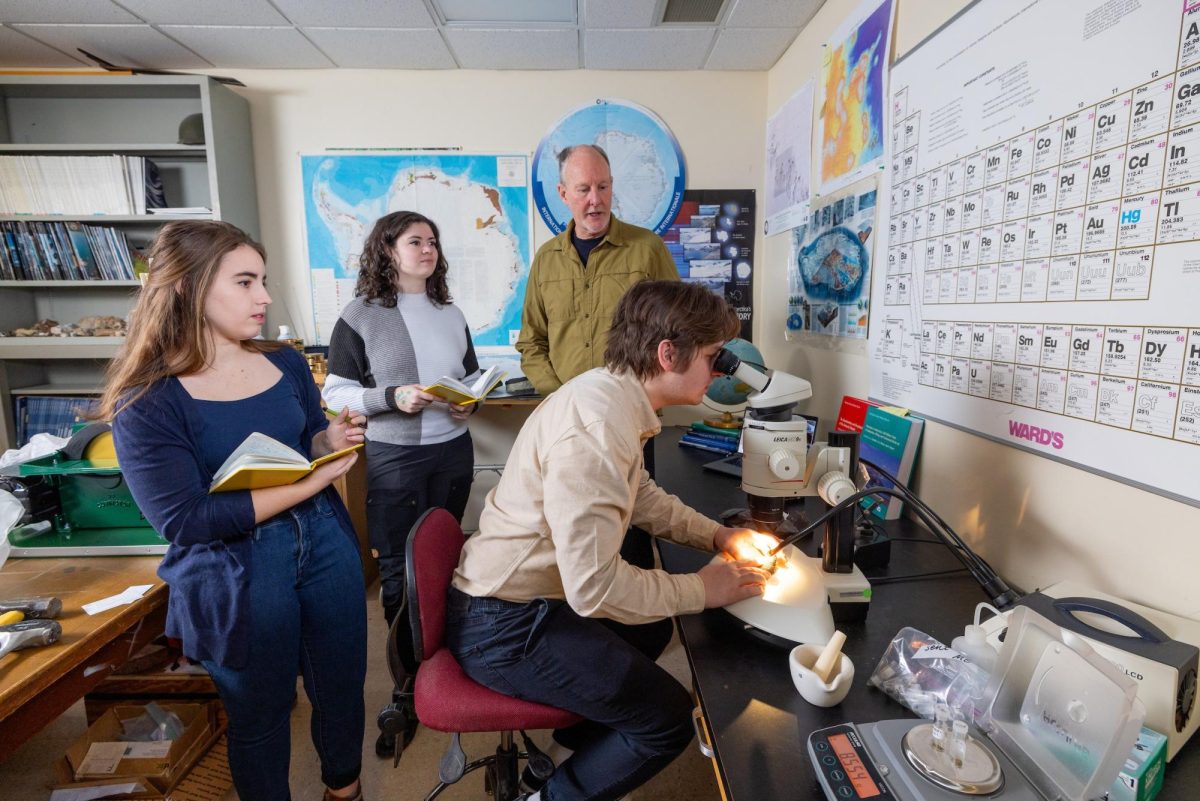For Louisa Ha and other coworkers in the School of Media and Communications, the ongoing renovation to South Hall is a compromise.
“Our building and facilities are inferior compared to peer universities; everyone else has new buildings,” said Ha, chair of the telecommunications department, which resides in West Hall along with the journalism and communication departments.
The $24 million renovation project started at the end of December and is still in the process of asbestos abatement, said Steve Krakoff, vice president of Capital Planning and Design.
The plan is to completely gut the building, leaving only the exterior, and completely redesign the inside for the School of Media and Communication, Krakoff said.
The project is being funded by state capital funds, which is state money set aside for these projects, bond financing from the University and donations, Krakoff said. Although tuition hasn’t been raised this year, money has already been collected for the project in the past years, he said.
Depending on how long the abatement, design, demolition and reconstruction phases take, South Hall is scheduled to re-open in early 2015, said Project Manager Ryan Miller.
A small addition is also being discussed and is still in the design phase, Miller said.
After the move, West Hall will be torn down.
The renovations will feature an expansion for television and radio production facilities, which Ha said will make the University more competitive.
“Even community colleges have high-tech production studios,” she said.
As a Traditions Building, South Hall is the first in the renovation process with Moseley, University and Hanna halls to follow.
“You get into a lot of challenges with the older buildings,” Krakoff said. “You have to make sure the structure is still intact and you have to look for a degrading exterior.”
While Krakoff said this may not be the case for South Hall, it can be a problem when renovating any older building.
A concern Ha has with the building is if all the departments will fit.
“There is a lot of worry about space of South Hall because it is crunched,” she said. “So there is that challenge for architects compared to bigger [new] buildings.”
Though there may be a concern for elbow room, Krakoff sees the school’s move to South Hall as a homecoming.
“South Hall was [the school’s] first home,” he said.
Though Ha has concerns, she sees the compromise as a good thing for the school and the department.
“I look forward to it going in the right direction,” she said.













